iacuc form (rev. 2/08) founded 1782 300 washington avenue chestertown, maryland 21620-1197 standard operating procedure no. 3
IACUC form (rev. 2/08)
founded 1782
300 Washington Avenue chestertown, maryland 21620-1197
Standard Operating Procedure No. 3
Survival Surgery of Rodents
Guidelines for Survival Rodent Surgery
*
These guidelines, based on the NIH “Guidelines for Survival Rodent
Surgery”, apply to all surgical procedures performed on rodents at
Washington College in which the animals are expected to recover
from anesthesia.
*
There is no need to withhold food and water prior to surgery on
rodents.
*
Survival surgery on rodents should be performed using sterile
instruments, surgical gloves, masks and aseptic procedures to
reduce microbial contamination of exposed tissues to the lowest
practical level.
*
Minor surgical procedures such as wound suturing and peripheral
vessel cannulation should be performed in accordance with standard
veterinary practices.
*
Before performing surgery for the first time, you must view the
“Training in Survival Rodent Surgery” CD from NIH. Copies are
available in the Vivarium office N110A.
Procedures
Pre-Operative:
1. Surgery should be conducted in a disinfected, uncluttered area
which promotes asepsis during surgery such as room N110E in the
Vivarium that is equipped with laminar flow tables.
2. Prepare the animal by clipping the hair from the surgical site.
Perform this procedure in an area separate from where the surgery is
to be conducted. Vacuum the loose hair.
3. Prepare the surgical site(s) with an appropriate skin disinfectant.
Wipe the remaining loose hair away with a wet alcohol gauze pad. Scrub
the site beginning in the middle and working outwards using Betadine™
scrub and sterile gauze or cotton-tipped applicator for 3 minutes.
Rinse the area with 70% isopropyl alcohol. Transfer the animal to the
operating table and prep the site one more time using Betadine™
solution.
4. For surgeries lasting more than 5 minutes, sterile ophthalmic
ointment should be placed in the rodent’s eyes to prevent the corneas
from drying out.
5. Surgeons must wear a clean lab coat or scrub top and a mask. Wash
and dry hands before aseptically donning sterile surgical gloves.
Operative:
1. The animal must be maintained in a surgical plane of anesthesia
throughout the procedure. Refer to SOP No. 1 Anesthesia of Rodents.
2. Begin surgery with sterile instruments and handle them aseptically.
The animal should be draped with sterile drapes that allow the head to
be exposed for anesthesia monitoring. Tissues must be handled gently.
3. Rodents are prone to hypothermia due to their large surface area so
they must be kept warm during the surgery. Use the heated surgical
base (water recirculating) during the surgery.
4. Instruments and gloves may be used for a series of similar
surgeries provided they are maintained clean and disinfected between
animals (no more than 5 animals using the same set of instruments).
Use the Germinator™ glass bead sterilizer to sterilize the tips of the
instruments between surgeries. Make sure to cool the tips before
resuming surgery. Alternatively the instruments should be soaked in a
cold sterilant according to manufacturer’s directions and rinsed
before reuse.
5. Monitor the animal’s vital signs. The animal should have regular
respiration and ears, nose and mouth should remain pink.
6. Close surgical wounds using appropriate techniques and materials.
The selection of the type and size of suture material should be done
in advance in consultation with the IACUC and based on the type of
surgery and species of animal.
*
For small animals, a 3-0 suture thickness or smaller is best.
Cutting and reverse cutting needles have sharp edges and are best
used for skin suturing. Non-cutting, taper or round needles are
used for suturing easily torn tissues such as peritoneum, muscle
or intestine.
*
If ligation of vessels or suturing of tissues other than skin is
necessary during surgery, an absorbable material such as Vicryl™,
Dexon™, PDS™, Maxon™, or chromic gut should be used.
*
For skin closure, non-absorbable suture such as Prolene™ or nylon,
stainless steel wound clips or staples may be used. Most rodents
will gnaw at any externalized sutures, so a buried suture line or
wound clips are recommended. Cyanoacrylate surgical adhesives,
such as Vetbond™ or Nexaband™, may be used to close incisions or
to close the area between sutures.
*
Silk is a non-absorbable suture material that can cause tissue
reactions and may wick microorganisms into the wound. It is best
used for cardiovascular procedures only and not for closure.
Post-Operative:
1. Move the animal to a warm, dry area and monitor it during recovery.
Use a clean cage with a blue diaper or paper towel to keep the animal
from contact with the bedding to prevent aspiration. Place the
recovery cage halfway on the heating pad (set to Low) to allow the
animal to move away from the heat. Return the animal to its routine
housing only after it has fully recovered from anesthesia.
2. Maintain a surgical record (e.g., annotate cage card with procedure
and date).
3. Provide analgesics as appropriate. Monitor the animal for signs of
pain or distress keeping in mind that rodents may mask pain. Signs may
include hunched posture, ruffled fur, red/brown staining around the
eyes and nose, and reduced water and/or food intake.
4. Weigh the animal and monitor food intake daily for the first few
post-operative days. Supplying a softer, more palatable, easily
accessible diet may encourage the animal to eat.
5. The animal’s hydration can be monitored by tenting the skin along
the back of the animal. In a well-hydrated animal, the skin should
quickly fall back into place when released. If an animal is
dehydrated, the skin will be slow to return to its original place.
Consult the Vivarium manager for supplementing with subcutaneous
fluids.
6. Monitor the skin incision for signs of infection (redness, heat, or
swelling) or dehiscence (wound reopening).
7. Remove skin closures (if not using absorbable suture) 10 to 14 days
post-operatively.
Appendix
DEFINITIONS:
Analgesia: the relief of pain without loss of consciousness.
Aseptic surgical procedures: Surgery performed using procedures that
limit microbial contamination so that significant infection or
suppuration does not occur.
Cold sterilants: Chemical agents that destroy microorganisms.
Instruments must be rinsed thoroughly with sterile water or saline to
remove chemical sterilants before being used.
Cutting needle: Used for suturing tough tissue (skin, tendon). Not as
optimal as a reverse-cutting
needle because tension of suture is at point of angle.
Disinfection: The chemical or physical process that involves the
destruction of pathogenic organisms. All disinfectants are effective
against vegetative forms of organisms, but not necessarily spores.
Hemostasis: To stop bleeding.
Hypoglycemia: An abnormally low concentration of glucose in the blood.
Hypothermia: A low body temperature.
Instrument square knot: A double knot formed using instruments in
which the free ends of the
second knot are in the same plane as the ends of the first knot.
Major surgery: Any surgical intervention that penetrates and exposes a
body cavity; any procedure that has the potential for producing
permanent physical or physiological impairment; and/or any procedure
associated with orthopedics or extensive tissue dissection or
transection.
Minor surgery: Any surgical intervention that neither penetrates and
exposes a body cavity nor produces permanent impairment of physical or
physiologic function. Examples are superficial vascular cutdown,
subcutaneous implants, and percutaneous biopsy.
Reverse cutting needle: Used for suturing tough tissue. Tension of
suture is dispersed along
edge of angle.
Sterilization: The process whereby all viable microorganism are
eliminated or destroyed. The criterion of sterilization is the failure
of organisms to grow if a growth supporting medium is supplied.
Suppuration: The formation of pus.
Taper needle: (synonyms: non-cutting, atraumatic, round): The body of
this needle tapers down
to a fine point, permitting minimum tissue damage. This needle is
especially suitable for soft tissue.
Page 3 of 3
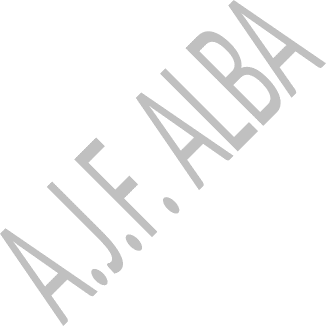 POWERPLUSWATERMARKOBJECT783197939 ASOCIAȚIA JUDEȚEANĂ DE FOTBAL ALBA NR CRT AS
POWERPLUSWATERMARKOBJECT783197939 ASOCIAȚIA JUDEȚEANĂ DE FOTBAL ALBA NR CRT AS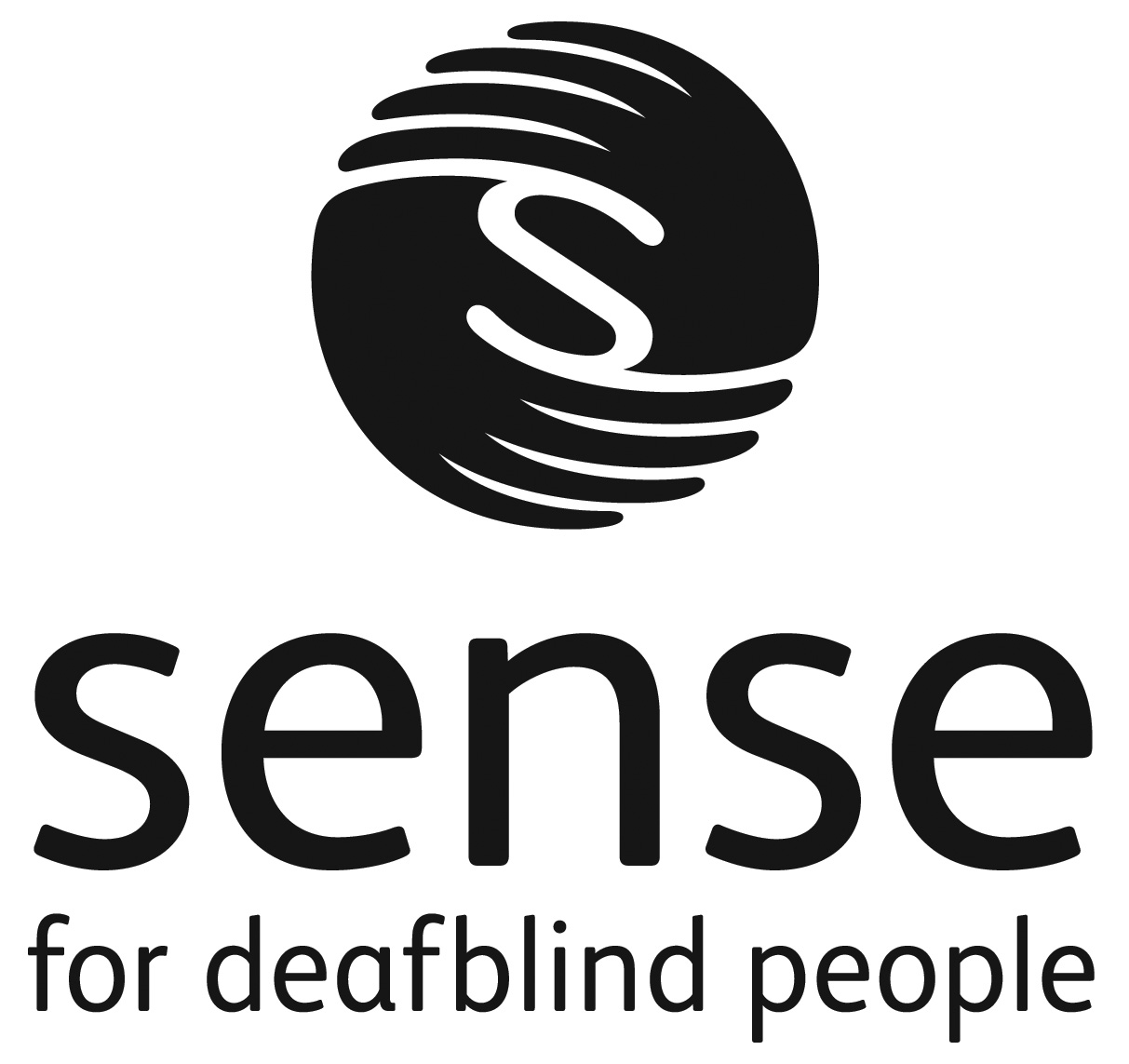 SCHOOL OF EDUCATION THE EXPERIENCES OF PEOPLE WITH RARE
SCHOOL OF EDUCATION THE EXPERIENCES OF PEOPLE WITH RARE WORK EXPERIENCE APPLICATION FAVOR DE FIRMAR EN EL ESPACIO
WORK EXPERIENCE APPLICATION FAVOR DE FIRMAR EN EL ESPACIO ŚWIĘTO KIELC W MUZEUM ZABAWEK I ZABAWY SPEKTAKLE TEATRALNE
ŚWIĘTO KIELC W MUZEUM ZABAWEK I ZABAWY SPEKTAKLE TEATRALNE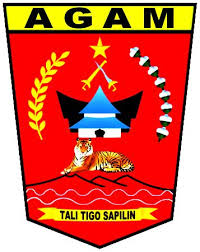 FORMULIR IZIN LABORATORIUM NO DOKUMEN FMPZ201D05 REVISI
FORMULIR IZIN LABORATORIUM NO DOKUMEN FMPZ201D05 REVISI 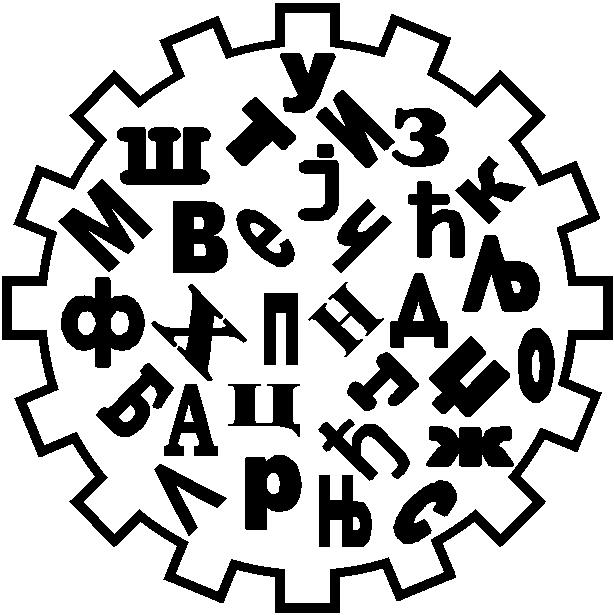 VAŽNO! OVU REGISTRACIJU TREBA POPUNITI NA KOMPJUTERU U MS
VAŽNO! OVU REGISTRACIJU TREBA POPUNITI NA KOMPJUTERU U MS INCLUIR LOGOS DE UNIVERSIDADES CONVENIO DE COLABORACIÓN ENTRE LA
INCLUIR LOGOS DE UNIVERSIDADES CONVENIO DE COLABORACIÓN ENTRE LA MATIČNI ODBOR ZA PODRUČJE TEHNIČKIH ZNANOSTI POLJA ARHITEKTURE
MATIČNI ODBOR ZA PODRUČJE TEHNIČKIH ZNANOSTI POLJA ARHITEKTURE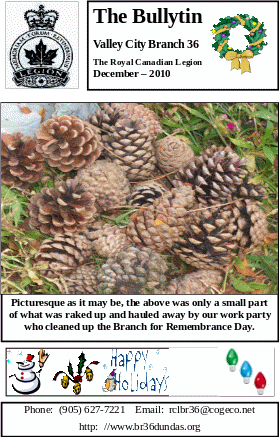 OUR ANNUAL VETERANS CHRISTMAS DINNER IS ON DECEMBER 8TH
OUR ANNUAL VETERANS CHRISTMAS DINNER IS ON DECEMBER 8TH ISOLATING THE ENANTIOMERS OF 1PHENYLETHYLAMINE ISOLATING THE ENANTIOMERS OF
ISOLATING THE ENANTIOMERS OF 1PHENYLETHYLAMINE ISOLATING THE ENANTIOMERS OF ENCUENTRO DE JUVENTUD GITANA EN TARRAGONA CREANDO PARTICIPACIÓN CREANDO
ENCUENTRO DE JUVENTUD GITANA EN TARRAGONA CREANDO PARTICIPACIÓN CREANDO FINANCING COMPANY – HEAD OFFICE INFORMATION SHEET I ORGANIZATIONAL
FINANCING COMPANY – HEAD OFFICE INFORMATION SHEET I ORGANIZATIONAL